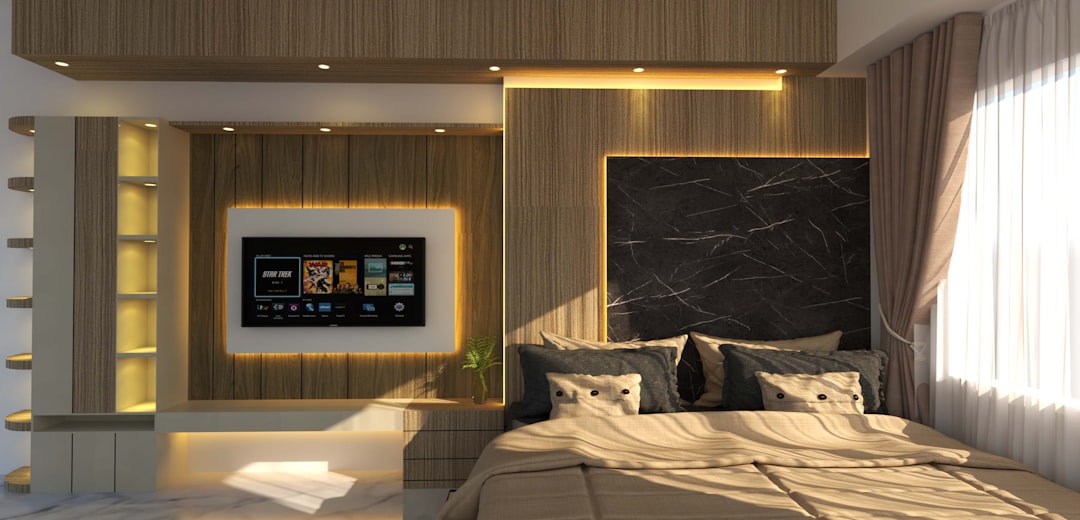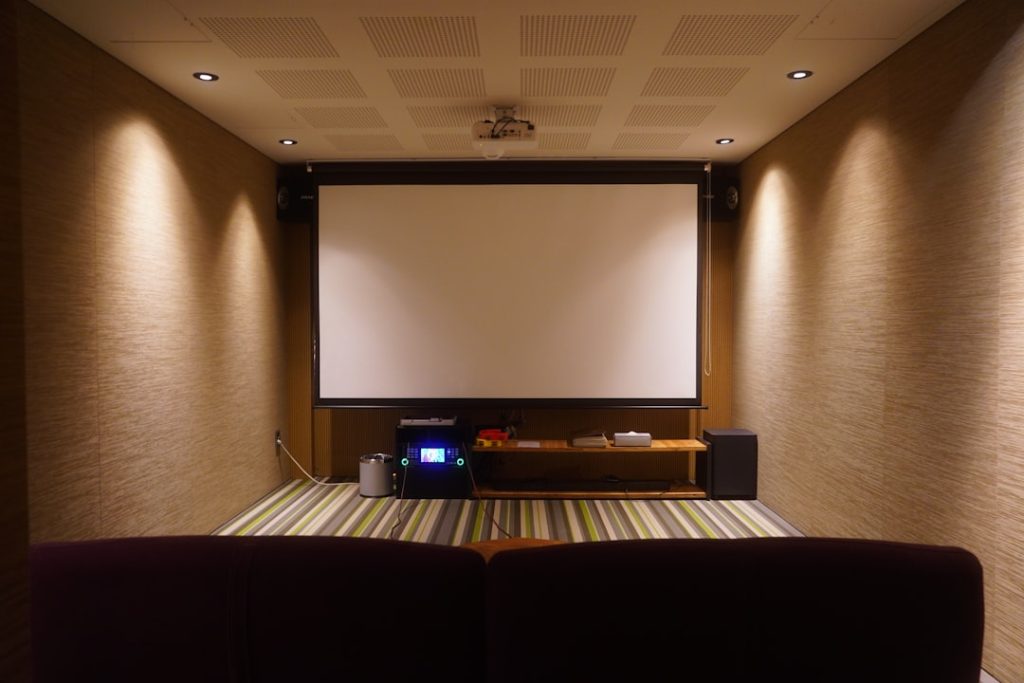Home theaters offer an immersive entertainment experience, combining great visuals and immersive sound. However, with that enhanced setup comes a familiar challenge — cables. From HDMI cords and speaker wires to power cables and Ethernet lines, a typical home theater setup can quickly turn into a tangled mess. Not only is this unsightly, but it can also interfere with *airflow*, pose tripping hazards, and even affect sound and video performance. This is where cable clips come into play as a simple yet effective solution.
What Are Cable Clips?
Cable clips are small devices used to manage, secure, and direct cables, ensuring that everything stays neatly in place. They come in various sizes, shapes, and materials and typically adhere to surfaces using nails, adhesives, or screws. These clips are designed to handle all types of cabling, from thin audio cables to heavier power cords, making them perfectly suited for complex setups like home theaters.
The Importance of Cable Management in Home Theaters
Proper cable management does more than make your space look tidy. It also contributes to better airflow, improved system performance, and even equipment longevity. Here’s why investing a little time in organizing your cables using clips can make a significant difference:
- Enhanced Airflow: Cluttered cables can block ventilation around equipment like amplifiers or gaming consoles, causing them to overheat. Neat routing using cable clips allows for proper airflow, keeping your components running cooler and more efficiently.
- Improved Aesthetics: Nothing ruins the visual appeal of a sleek home theater faster than dangling wires. Cable clips keep cords out of sight and aligned with baseboards or walls, providing a polished look.
- Reduced Tripping Hazards: Exposed wires aren’t just unattractive — they can be dangerous. Clip cables against the wall to prevent accidents and maintain a safe environment.
- Easy Troubleshooting: Managing cables with labels and clips makes it much easier to swap components or troubleshoot an issue. You won’t need to untangle a spaghetti bowl of wires just to find an HDMI connection.
- Preservation of Cable Quality: Tight bends, tangles, or pressure points can degrade cable quality over time. Proper clipping ensures cables maintain their shape and integrity.
Types of Cable Clips Suitable for Home Theaters
There is a wide array of cable clips on the market, but some are especially suited for a home theater setting. Here are the most effective types:
- Adhesive-Backed Clips: These clips can be stuck to flat surfaces like the back of a TV stand or entertainment center. Ideal for small cables such as charging wires or HDMI cords. Make sure the surface is clean before applying to ensure strong adhesion.
- Nail-In Clips: Most suitable for walls or baseboards, these provide a firm hold for heavier wires like power cables or speaker wires. They are semi-permanent and very secure.
- Twist Lock Clips: These offer flexibility and reusability. Cables can be removed and reinserted without having to replace the clip entirely. Ideal for evolving setups.
- Magnetic Cable Clips: Great for metal surfaces such as the back frame of a TV mount. These can be repositioned easily and used multiple times without leaving marks.

Best Locations to Install Cable Clips
Strategic placement is key to efficient cable management. Here’s where cable clips provide the most value:
- Behind the TV: To gather HDMI, power, and audio cables into a clean, downward path.
- Around the entertainment unit: To direct cables between devices like game consoles, DVRs, and audio receivers.
- Along baseboards: Clips make it easy to hide speaker cables as they run to the corners of the room.
- Under furniture: When routing cables across the room, securing them under sofas or along the legs of media tables can keep them out of sight.
- Ceiling or overhead: In more complex setups with projectors or overhead speakers, clips can route wires discreetly above your head.
Cable Clips and Airflow: A Crucial Combination
One of the most overlooked aspects of theater equipment performance is airflow. Devices like amplifiers, subwoofers, and game consoles generate heat, and poor cable management can worsen the situation by trapping warm air or restricting ventilation slots.
Using cable clips allows cables to be routed away from ventilation points, increasing circulation around hot components. In turn, this can lower the risk of system overheating, slowdowns, and hardware failure. If you’re investing in expensive A/V components, it only makes sense to support their longevity with proper cooling structures — something cable clips indirectly provide.

Tips for Effective Cable Management
Applying cable clips might seem straightforward, but a few bonus tips can optimize your results:
- Label each cable: Use colored tags or printed labels to identify each wire, making future maintenance simpler.
- Avoid sharp bends: Clip cables with enough slack to prevent over-bending, which can lead to internal damage over time.
- Group similar cables: Use clips to bundle HDMI, USB, and power cords separately to reduce electromagnetic interference (EMI).
- Clean surfaces before applying adhesive clips: This ensures a lasting hold and prevents them from popping off later.
- Plan your layout first: Walk through your setup and consider where cables will run before placing clips. This reduces redundancy and makes your setup cleaner.
Conclusion
Installing cable clips in a home theater does more than make your setup look good — it enhances safety, improves airflow, preserves component lifespan, and simplifies future maintenance. With affordable materials and minimal effort, you can transform a messy cluster of wires into a clean, logical network of connections. For enthusiasts and casual viewers alike, organized cables mean a more enjoyable and stress-free home theater experience.
Frequently Asked Questions
- Can I use cable clips on painted walls without damaging the surface?
- Yes, but it’s best to use adhesive clips with removable backing for painted surfaces. Nail-in clips might cause chipping if removed later.
- How many cable clips do I need for a basic home theater setup?
- This depends on your equipment. For a system with a TV, soundbar, subwoofer, and streaming device, 15–30 clips are typically sufficient.
- Are cable clips reusable?
- Some types, like magnetic and twist lock clips, are reusable. Adhesive clips often lose stickiness after removal but can sometimes be reattached with replacement pads.
- Will cable organization really help with airflow?
- Yes, keeping cables away from ventilation zones means hot air can escape properly. This simple step can keep electronics cooler and extend their life.
- Is there a difference between indoor and outdoor cable clips?
- Absolutely. Outdoor clips are generally made from UV-resistant and weatherproof materials. Stick with indoor-rated clips for home theaters to ensure compatibility and aesthetics.


